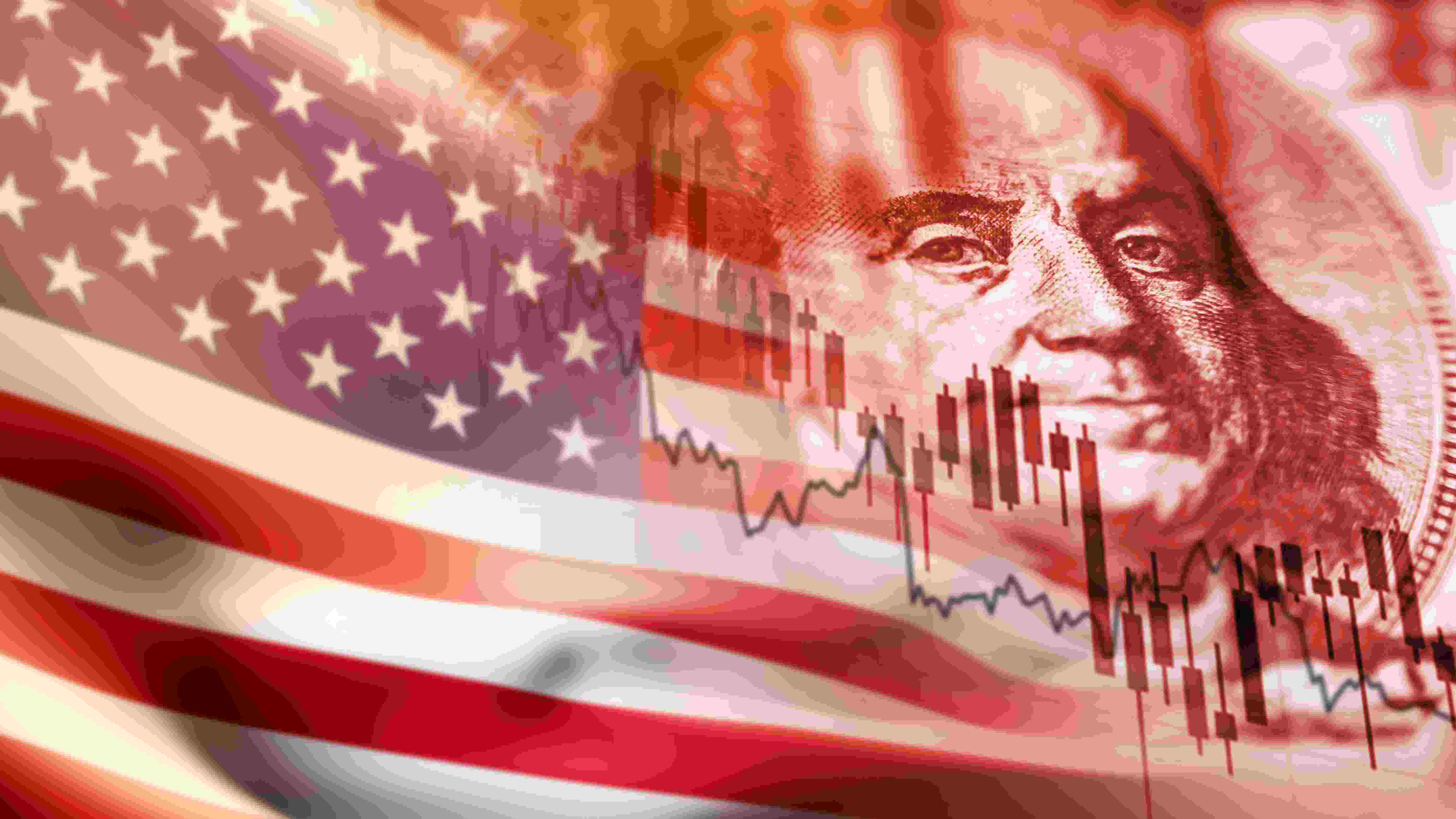GRAINS-Chicago soybeans continue to climb on USDA numbers, tariff delays

By Renee Hickman
CHICAGO, April 10 (Reuters) - Chicago soybean futures extended gains on Thursday as the U.S. Department of Agriculture released its monthly supply and demand numbers, and delays to some U.S. and European Union tariffs eased concerns about U.S. crop exports.
Corn also firmed while wheat eased on the USDA data release.
The most-active soybean contract on the Chicago Board of Trade (CBOT) Sv1 was up 13-3/4 cents at $10.26-1/2 a bushel by 1138 CST (1638 GMT).
CBOT corn Cv1 rose 7-1/2 cents to $4.81-1/2 a bushel, having hit its highest point since Feb 28.
CBOT wheat Wv1 was down 3 cents at $5.39-1/4 a bushel.
The USDA lowered its 2024-25 corn stocks forecast on Thursday to 1.47 billion bushels from 1.54 billion in March. Analysts expected 1.51 billion, according to a Reuters poll.
"The balance sheet is getting tighter on corn," said Don Roose, president of U.S. Commodities. "It's chewing through upside resistance."
The USDA estimated domestic soybean stocks at 375 million bushels, compared to its March estimate for 380 million and analysts' expectations for 379 million, though Roose said the number is "not overly bullish."
He added that wheat stocks are on the rise, anchoring the commodity's futures.
And, said Roose, the dramatic U-turn on Wednesday by U.S. President Donald Trump when he announced a 90-day pause for most of his hefty reciprocal duties issued last week was also supportive for grains and oilseeds.
Chicago soybeans had dropped to a four-month low at the start of the week as the United States and China, its main soybean export market, upped tit-for-tat tariffs.
While Washington and Beijing continue to ramp up tariffs against each other, the EU responded to Trump's climbdown on other countries by announcing a 90-day pause on counter-tariffs it had planned.
That removes an immediate threat to U.S. corn exports, which had been due to face a 25% EU tariff from Tuesday, and also eased concerns about an EU plan to set a similar duty on U.S. soybeans in December.
A steep fall in the dollar index .DXY, as investors wrestled with the flurry of tariff news, also made U.S. grains cheaper and more competitive for export. FRX/




